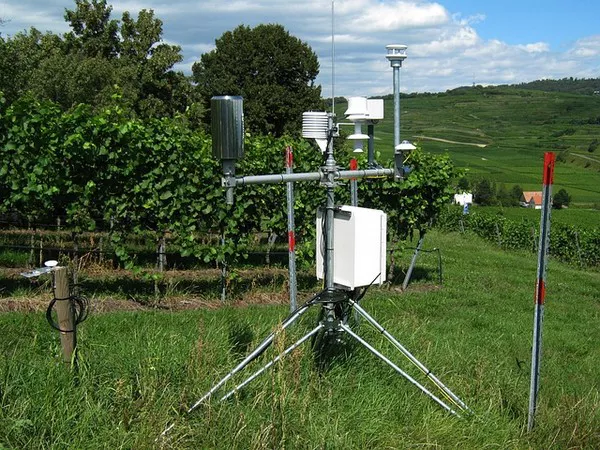Anemometers are widely used instruments designed to measure wind speed and sometimes wind direction. These devices are crucial in various fields, including meteorology, environmental science, and engineering. However, confusion can arise when considering whether anemometers also measure humidity. This article aims to clarify the capabilities of anemometers, explore the relationship between wind and humidity, and discuss the instruments used specifically for measuring humidity.
Understanding Anemometers
Anemometers are primarily used for measuring wind speed. They work on the principle of detecting the movement of air molecules. The most common type of anemometer is the cup anemometer, which consists of three or more cups mounted on horizontal arms. As the wind blows, the cups rotate, and the speed of rotation is directly proportional to the wind speed.
Other types of anemometers include the vane anemometer, which measures both wind speed and direction using a rotating vane, and the hot-wire anemometer, which determines wind speed based on the cooling effect of the air on a heated wire. These instruments provide valuable data for various applications, such as weather forecasting, climate studies, and wind energy assessments.
Understanding Humidity
Humidity refers to the amount of moisture present in the air. It is a crucial parameter in meteorology and environmental monitoring because it influences weather patterns, precipitation, and human comfort. Relative humidity (RH) is the most commonly used measure and is expressed as a percentage of the maximum amount of moisture that the air can hold at a given temperature.
Do Anemometers Measure Humidity?
Anemometers, by design, are not intended to measure humidity. Their function is solely focused on detecting and quantifying wind speed or direction. Anemometers do not have the necessary sensors or mechanisms to assess humidity levels in the air. Therefore, relying on an anemometer to provide humidity data would be inaccurate and misleading.
Relationship Between Wind and Humidity
While anemometers do not measure humidity directly, there is a relationship between wind and humidity in the atmosphere. Wind can influence humidity levels through processes such as evaporation, convection, and advection. For instance, winds can transport moisture-laden air masses, affecting humidity levels in different regions. Additionally, wind can enhance evaporation from surfaces, increasing local humidity under certain conditions.
Understanding this relationship underscores the importance of measuring both wind and humidity in comprehensive meteorological studies and weather monitoring.
Instruments for Measuring Humidity
To accurately measure humidity, specialized instruments known as hygrometers or psychrometers are used. These devices are designed to quantify the amount of water vapor present in the air. There are several types of hygrometers, each with its unique operating principle:
Psychrometer: This device consists of two thermometers—one dry bulb and one wet bulb. By comparing the temperatures recorded by both thermometers, the relative humidity can be determined using psychrometric charts or equations.
Capacitive Hygrometer: These hygrometers utilize changes in capacitance to measure humidity. A humidity-sensitive material (such as a polymer) changes its dielectric constant based on moisture content, allowing for precise humidity measurement.
Dew Point Meter: This instrument measures the dew point temperature, which is the temperature at which air becomes saturated and moisture begins to condense. By knowing the dew point, relative humidity can be calculated.
Gravimetric Hygrometer: This type of hygrometer measures humidity by weighing a hygroscopic material that gains or loses moisture as it equilibrates with the surrounding air.
See Also How Much Wind is Too Much for a Fire?
Conclusion
In summary, anemometers are essential tools for measuring wind speed and direction but do not measure humidity. Humidity is a separate meteorological parameter that requires specialized instruments like hygrometers for accurate measurement. Understanding the distinction between these parameters is crucial for meaningful weather analysis and environmental monitoring.
While anemometers play a vital role in weather monitoring, they are just one component of a comprehensive meteorological toolkit. By combining data from anemometers with humidity measurements, meteorologists and environmental scientists can gain deeper insights into atmospheric dynamics and improve the accuracy of weather forecasts and climate studies.

